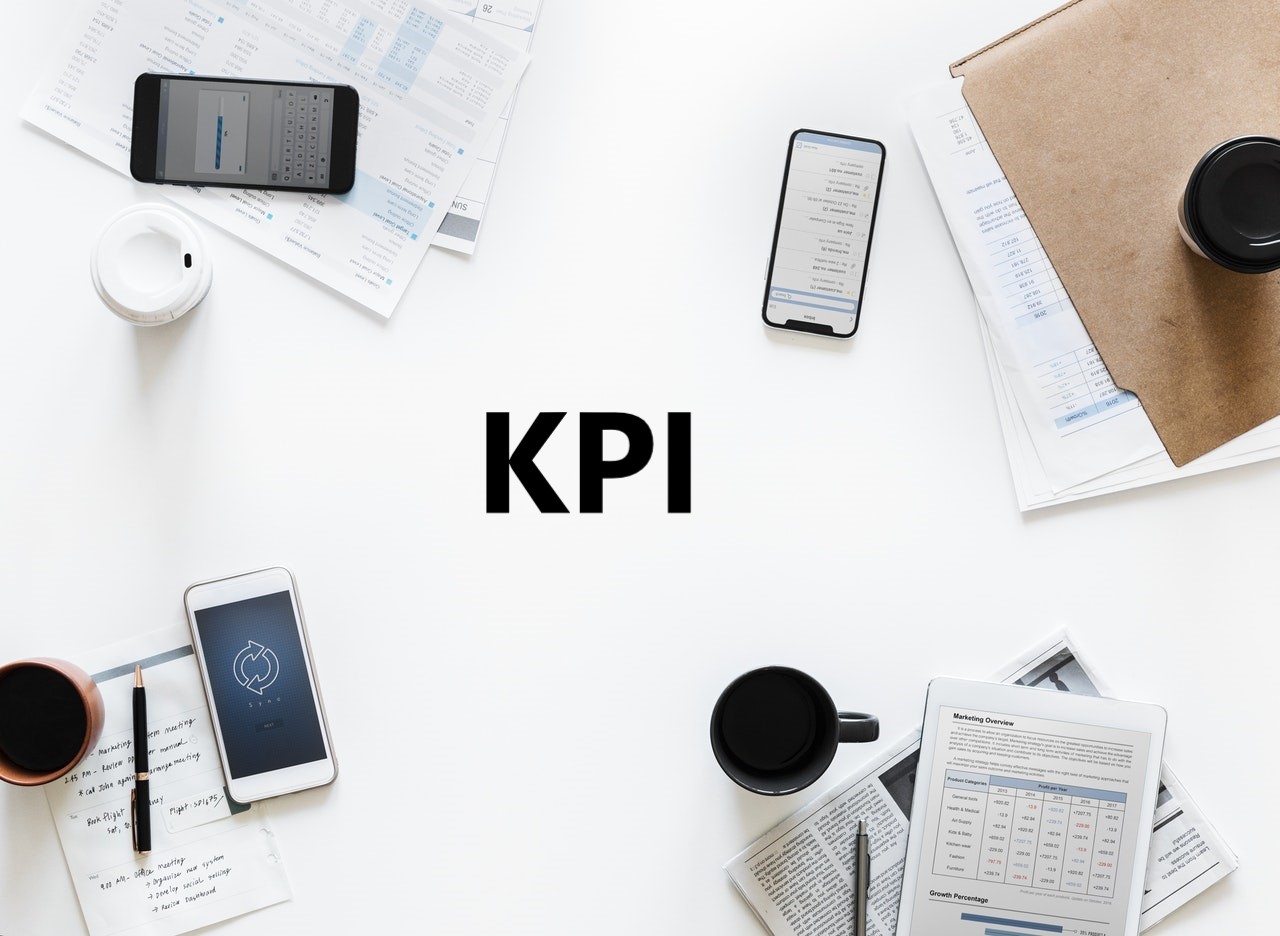
Each organisation or company is different from each other. They may engage in the same line of business but they differ in the way they operate the business. Another thing that would be different is the culture. To be more specific, their team culture. Team culture is the sum of the beliefs, values and attitudes shared by the team members. It is how the team members cooperate and work with one other in reaching a common goal. Teams within a company may have different team cultures but are generally influenced by the company’s culture as a whole. Building a winning team culture contributes greatly to the success of the company.
Your company’s team culture can make or break your company. According to most companies, a large percentage believes that a company lacking a good team culture is unlikely to succeed. It does make sense since a good or a winning team culture revolves around the team members efficiently working with each other. To put it simply, excellent teamwork leads to success.
Culture based on your core values
You are the leader. This is your business. You are in the driver’s seat. You need to infuse a bit of your personality, attitude and core values in your team culture. Do you expect the best but still encourage a relaxed atmosphere? Create a culture of balance between work and play. Do you value customer service above everything else? Work with people who have great personality and are accommodating. Is innovation your thing? Nurture and promote innovators within your company. Take the time to think about what type of culture that will fit you, your company and your brand.
Communication
Communication has always been one of the most important aspects in our personal lives. This is no different in business. When developing a team culture, talk with your team. We all want to be heard. People want to be able to voice out their concerns without fear of repercussions. People want to be able to share their ideas. An open communication culture can build trust between the company and its employees.
Just have fun
We all know that saying about all work and no play. This is especially true in the competitive business and corporate world. A burnt out team member is no good to the team. Building a winning team culture includes ensuring that members of the team are happy with their job. A happy team member is more productive and tends to be more engaging to fellow team members. Come up with fun activities or events from time to time. Foster the idea that you take both work and fun seriously.
Let them know that you expect the best, and in turn you are also giving your best to the team.









